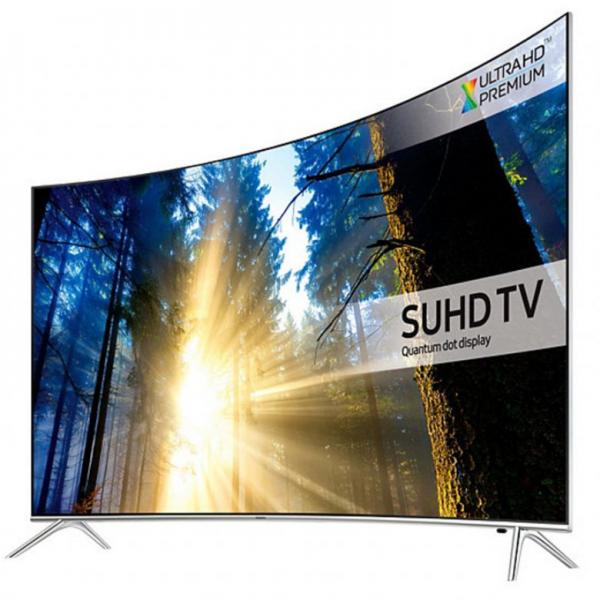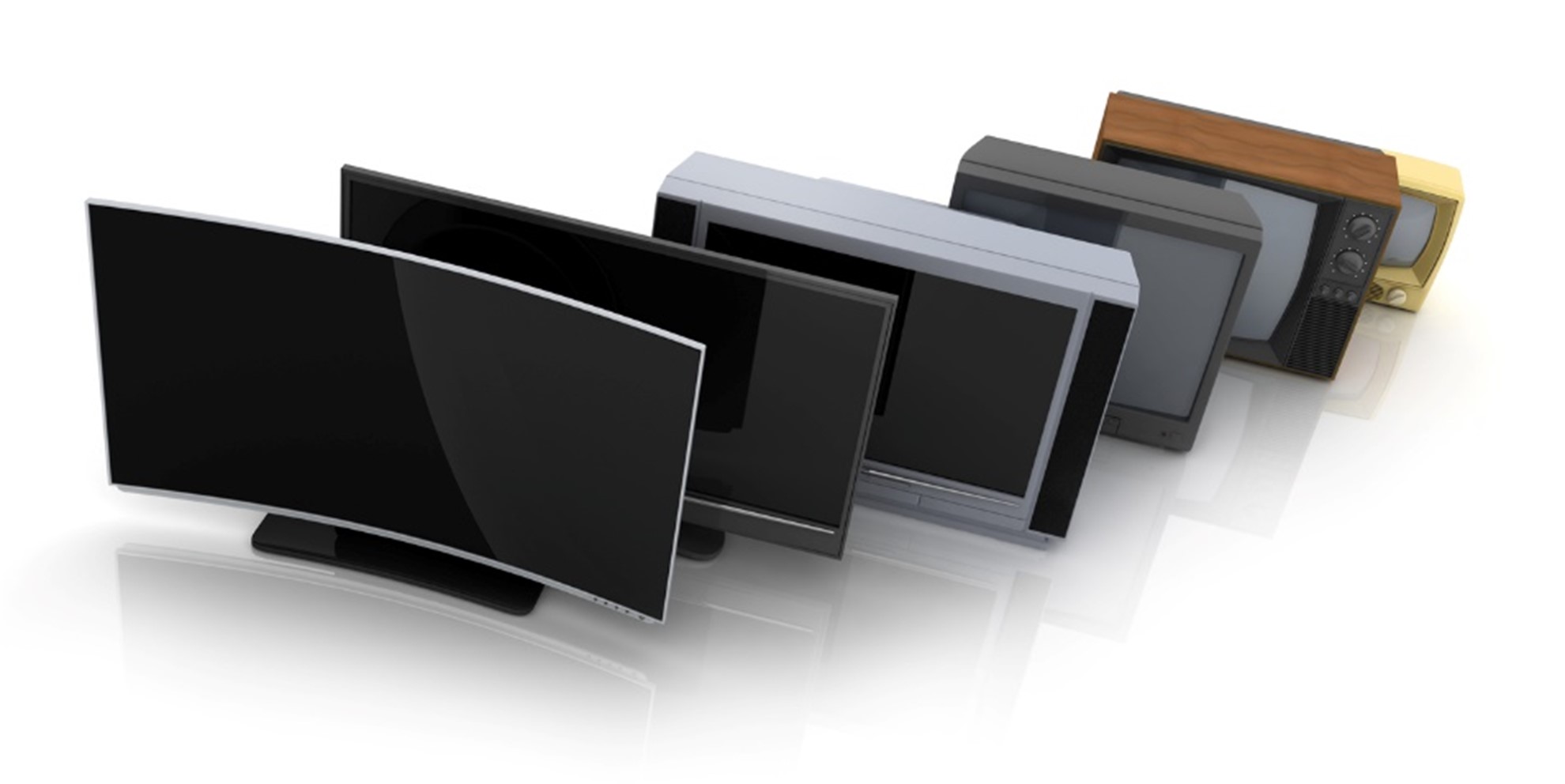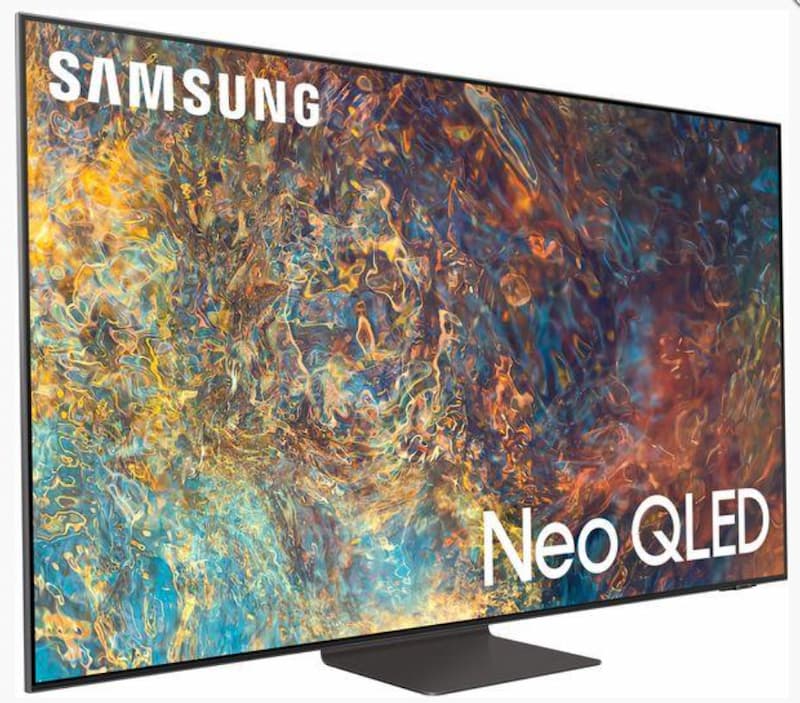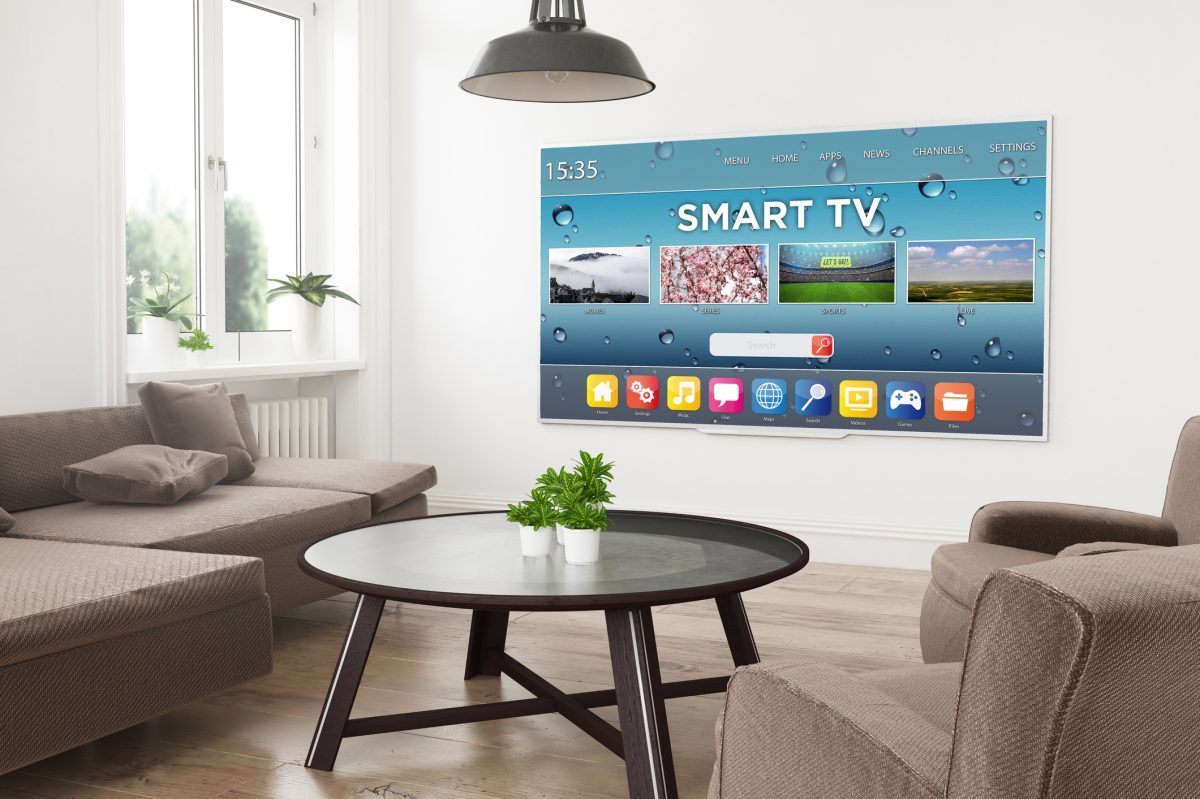TV’s have come a long way since they were invented in 1927, from a small square box to the familiar rectangular shape, to the latest innovative trend: the curved TV. Pulling the viewer into the heart of the action, cheap curved TVs like the ones we offer at Electronic World have grown in popularity since its release in 2014.
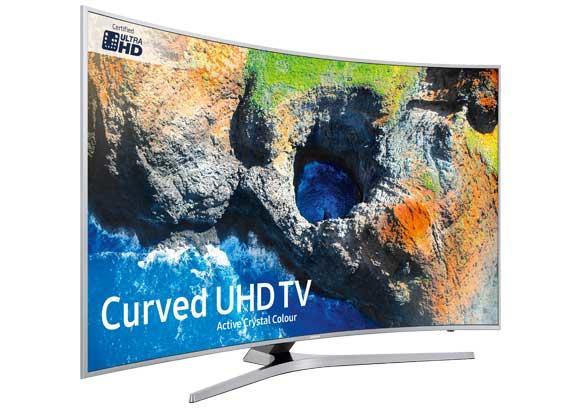
The History Behind the TV
Some of the earliest televisions had a circular picture screen and were measured by the images’ diameter. But as the screen evolved into a rectangle, we began to measure the screen diagonally, from opposite corner to corner… and that remains how we measure our TVs today.
However, there are many myths flying around about exactly how the new curved TV should be measured – is it by surface area, by full dimensions or by diameter?
When it comes to curved TVs, it may seem strange that we still actually measure them diagonally, from top left corner to bottom right corner. This means that cheap 55 inch TVs with curved screens actually have more screen space than a flat 55-inch TV. Just because your flat-screen TV fits perfectly in your living room doesn’t necessarily mean a new same-sized curved TV will fit.
If you are trying to pack a large TV into a small space, it is also important to remember that a TV measurement refers to the screen size and does not include the frame or border in the measurement.
Does Your TV’s Size Matter?
Going back a few years ago, when big borders were at the zenith of popularity and a flat-screen TV almost looked like a large photo frame in your living room, overall TV dimensions would have been important to consider before purchasing that 70-inch TV. However, this shouldn’t be an issue for the modern curved TV, as frames these days tend to be no wider than your finger.
When trying to measure if a curved TV will actually fit in your entertainment space, it may seem odd that TVs are only provided with a single figure measurement. If you don’t know your TV’s width and height, how can you be sure it will fit? Luckily the width and height ratio of most HD TVs is a globally standardised 16:9. This helps to make things much easier for manufacturers, filmmakers and customers alike.
Apart from this, a single figure measurement just makes things simpler. For example, ‘43.6 inch X 24.5 inch’ is much more difficult to recall and remember than ‘50-inch’.
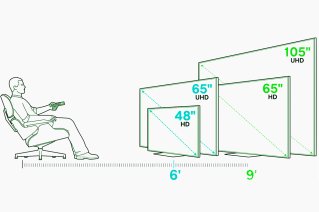
What To Look Out For
When it comes to choosing the right-sized curved TV, bigger is usually considered better. This is because the curved screen was largely created to replicate the immersive viewing experience of a cinema in your own home. It also produces a better picture from all angles of viewing.
Our previous blog, Why Are Screens Measured Diagonally, talks in more detail about screen measurements. The extensive range of cheap curved TVs available on our website offers further information about the features of this innovative range.
Still confused about the technicalities of curved TV measurements? Contact our friendly and professional TV specialists here at Electronic World for more information on our cheap TVs. We will be happy to explain things in more detail or provide advice on the best curved TV for you.

